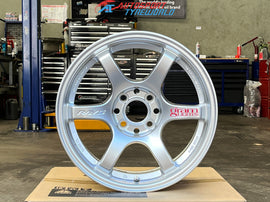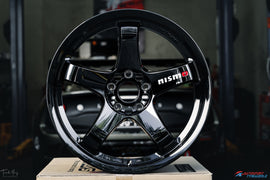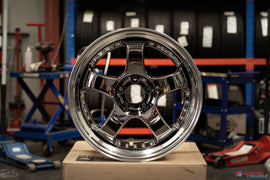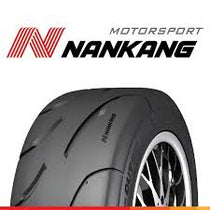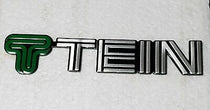What is TPMS—and why Adelaide drivers should care
A Tyre Pressure Monitoring System (TPMS) tracks your tyre pressure and alerts you when it’s low. There are two types:
-
Direct TPMS uses in‑wheel sensors to report actual PSI.
-
Indirect TPMS infers pressure via ABS wheel‑speed data.
Both types help prevent under‑inflation that can increase braking distances, reduce grip in the rain, waste fuel, and wear tyres prematurely. (General reference on TPMS types and benefits.)
Quick Adelaide benefits
-
Fuel economy: Correct pressures reduce rolling resistance on the South Eastern Freeway and suburban commutes. Wikipedia
-
Safety in wet: Proper PSI reduces aquaplaning risk during winter fronts over SA.
-
Tyre lifespan: Even pressure = even wear on mixed surfaces from Magill to the Hills.
TPMS warning light: what to do
-
Pull in safely and check PSI (driver door placard).
-
Inflate to spec, including the spare if it’s monitored.
-
Drive a few minutes—most TPMS lights reset after pressures stabilise.
-
Still on? You may have a puncture, faulty sensor battery, or need a recalibration.
Can I drive with the TPMS light on?
Only long enough to reach a safe stop or your tyre shop. Under‑inflation can overheat a tyre, especially on the freeway. (Background on safety rationale. Wikipedia)
When TPMS needs attention
-
After tyre rotation or new tyres: Many cars require a TPMS relearn so the car knows which sensor is where.
-
After wheel balancing or repairs: Sensors are delicate—tell the technician you have TPMS.
-
Every 5–10 years: Sensor batteries typically expire within this window; intermittent warnings are common signs. (General TPMS maintenance info. Wikipedia)
TPMS Adelaide: local tips from SA roads & climate
-
Heat swings: Summer heat in Adelaide can raise PSI; cool mornings can drop it. Check monthly and before long trips to the Riverland or Fleurieu.
-
Mixed road surfaces: City potholes and country gravel can knock sensors or valves—inspect if you’ve had a hard hit.
-
EVs & heavy loads: Extra weight increases heat build‑up; TPMS becomes even more valuable on EVs and packed family trips.
Common questions
Q1: Do all cars in Australia have TPMS?
No. Many modern vehicles do, but older models may not. Aftermarket kits exist (valve‑cap or internal sensors). Wikipedia
Q2: My TPMS light flashes, then stays on—what’s that?
Flashing usually means a sensor or system fault (battery low, damaged sensor). Solid light usually means low pressure.
Q3: Will nitrogen fix TPMS alerts?
Nitrogen can slow pressure loss, but if pressure is low or a sensor battery is failing, you’ll still see warnings. TPMS monitors pressure—regardless of the gas.
Q4: How do I reset TPMS after topping up?
Many cars self‑reset after a short drive at steady speed; others need a button or menu reset. Check your owner’s manual or drop in and we’ll handle it.
Q5: Can you replace TPMS sensors?
Yes—Autosport Tyre World supplies and programs compatible sensors and can move OE sensors when fitting new wheels/tyres.
When to visit Autosport Tyre World
-
Persistent TPMS light after inflation
-
New tyres/rotation needing a relearn
-
Suspected sensor damage/battery failure
-
Wheel or tyre upgrades requiring TPMS setup
Book a TPMS check at Autosport Tyre World (Magill).
647 Magill Road, Magill SA 5072 • 0452 641 023 • autosport.tyre.world@gmail.com
We serve Magill, Norwood, Burnside, Glynde, Payneham, Adelaide CBD and surrounds.

